Last Updated on by Mitch Rezman
What to feed that beautiful feathered being in the cage across the room?
Facebook is an endless source of poorly regurgitated information about everything from bird chops to smoothies (really?)
Let’s take the time to stop and think about what the professionals, the veterinarians, the ornithologists, and the scientists, have already contributed to the discussion of feeding your bird.
There are certain environmental facts that are indisputable.
Not that your bird will ever experience what its ancestors went through to get to this point in time.
Please remember that in the wild, birds have access to a great diversity of food, it is also important to recreate these components for any pet bird – to scale.
Luckily on the market today there are many formulated-based diet options available.
These excellent food choices regularly come in the form of pellets, crumbles, nuggets, or cakes and makeup approximately 65% to 80% of your bird’s diet.
The first thing you need to know is one of the foods right for the species you are caring for.
If you get it right you can stave off lots of health and behavioral issues.
If you’ve been meandering and not sure what to feed your bird, now is the time to stop and learn.
The majority of pet bird deaths are caused by malnutrition. Malnutrition in pet birds is a human generated disease that is preventable.
There is only one species of dog.
Conversely, there are several thousands species of birds having their own unique dietary challenges.
100 million years of evolution have taught us that we can divide the birds we keep as pets into basically five categories.
- Granivore – Primary diet of grains and seeds – Think budgies, cockatiels, scarlet macaws and wait for it……Hyacinth macaws.
- Frugivore – Primary diet of mostly fruits and flowers with some additional nuts and seeds – Think green-wing and blue-throated macaws, orange-winged amazon.
- Florivore – Primary diet of seeds, fruits, nuts, bark, roots, and berries – Think blue and gold macaw, scarlet macaw, and military macaw.
- Omnivore – Primary diet of seeds, fruits, insects, and invertebrates – Think sulfur crested cockatoo and red-tailed amazon.
- Nectarivore – Primary diet of nectar, pollen, and some insects and seeds – Think lorikeets.
One of my favorite quotes from Mark Hagen of HARI is
“Some breeders have a romantic notion that captive (bird) diets which are complicated, labor intensive, using expensive ingredients are the most nutritious.
Yet it is possible to feed easy-to-prepare, cost-efficient diets which do not compromise proper levels of essential nutrients”.
Let’s expand on that.
Although the seeds offered by commercial bird food manufacturers are of the highest quality they will never be identical to the seeds found by your bird should they have lived in the wild due to their original origins.
In the wild birds have to work much harder to get their food than in captive environments.
It’s important to find the right balance between caloric intake and output so your bird is healthy and not overweight.
The problem isn’t the seed blends that you choose for your birds.
It’s the fact that the birds will pick and choose their favorites which might lead to certain deficiencies in their diet. Although we’ve often said there are no pellet trees in the rainforest, engineered foods like bird food pellets can help bring an overall healthy dimension to your bird’s diet.
Mainstream bird food brands like Higgins and Hagen introduce their brands of pellets into the seed blends and the more complex fruit and nut and seed blends.
A portion of your bird’s diet should consist of fresh fruits and vegetables.
Here are some suggestions for fresh vegetables:
Beet & Turnip Greens – Broccoli (head and leaves) – Carrots (root and tops) Cauliflower – Collard Greens – Cooked Red Potatoes – Cooked Sweet Potatoes – Corn – Cucumber – Eggplant – Endive – Green Beans – Kale – Kohlrabi – Mustard & Dandelion Greens – Parsley – Radicchio – Radishes – Red Beets (peeled) – Romaine or Green/Red leaf lettuce – Swiss Chard – Squash (peeled & steamed) – Sugar Snap or Snow Peas – Sweet Red & Green Peppers – Other types of peppers including Habaneros.
Thoughts about fresh fruit for your birds:
Apples – Apricots – Banana – Berries – Cantaloupe – Cherries – Cranberries – Grapefruit – Grapes – Honeydew – Kiwi – Mango – Oranges – Papaya – Peaches – Pears – Pineapple – Plums – Pomegranate – Star fruit – Tangerines
With the exception of pomegranates, it is better not to offer any seeds from fruits.
It is also our unscientific opinion that citrus can linger in a birds crop and cause birdie heartburn possibly becoming a trigger for feather destruction.
Any citrus fruit including tomatoes should be given in very small amounts early in the day so it is eaten with other foods and is not in the crop alone.
You know that feeling after you’ve had a seven-course meal topped off by Bavarian chocolate cake?
Your bird does not know how to ask for an antacid.
Nuts are great foraging foods.
Birds like to crack the shells.
Our Senegal likes walnuts but she cannot make the initial shell crack so I break it in half at least and she can pick the meat out of the shell.
We know the bird will make you nuts so you should return the favor with more nuts.
All unsalted – raw is ok, roasted has more flavor for you and the bird.
Almonds – Brazile – Cashews – Coconut – Filberts – Macadamia (raw unshelled) – Palm
Peanuts – Pine nuts – Pistachio – Sunflower seed – Walnuts
We are on the Keto diet (at the time of this latest revision) which makes snacking extremely difficult.
Peaches loves almonds, so we started buying roasted almonds (shelled).
She likes them as much as raw, which is good because so do we.
Feathered factoid: In the wild, hyacinth macaws forage through cow dung looking for nuts that cattle just can’t digest.
These nuts are easier to open because the cows have “prepped” the nuts.
The bigger question is how do I get my bird to eat any of these fresh foods?
It’s a matter of trial and error.
You have to determine what vegetables your bird will like.
To keep waste and cost down start with bags of frozen vegetables that your family can enjoy as well.
Our ringneck loved semi-frozen mixed vegetables.
He really loved corn so Catherine would throw a bag of frozen mixed vegetables in a bowl and add a bag of frozen corn.
Sunshine would sit on the edge of the bowl grabbing at the frozen morsels squealing with obvious brain freeze.

Peaches, our nine-year-old female Senegal wants nothing to do with frozen anything and will only eat her vegetables warm.
Our budgies love cucumber slices in food clips.
They also love lettuce in their baths although they tend to nibble the lettuce more than bathe in it.
Peaches will have nothing to with fresh cucumber slices nor fresh lettuce.
I clip large romaine lettuce leaves over her food dish.
She begrudgingly is then forced to forge through the lettuce to get her daily food which could be anything on any given week.
https://youtu.be/dFFJl31tqpY
Feathered factoid: Humans have 9000 taste buds, birds have about 350.
It’s about sight and texture as well as taste.
If a bird chooses one pellet over another it may be because of the addition of sugar where you now have to make a decision with regards to the aforementioned calorie intake versus calorie output.
Much of this discussion thus far has not mentioned a lot about the lorikeet species.
Feathered factoid: In the wild lorikeets (weight vary from 75 to 157 grams or 2.6–5.5 oz) are nectarivores, sort of like large hummingbirds.
The giant hummingbird is the largest member of the hummingbird family, weighing 18–24 g or 0.63–0.85 oz)
Our shout out to bad food for birds:
Alcohol – Apple seeds – Avocado – Caffeine – Celery – Chocolate – Fruit pits – Junk food – Mushroom – Onions – Persimmons – Table salt – Oil
When is it a good time to feed your birds?
We do it twice a day that way their water and food are never more than 12 hours old.
There may be refreshes and/or additions like the cucumber slices we mentioned earlier which may be introduced midday or early evening.
Without diving into the technicalities of avian nutrition there are certain guidelines that we use.
Something we see on a regular basis is captive birds deficient in protein.
Feathers (even a budgie can have up to 5000) may consume up to 30% of your birds body protein.
You’ll want to ensure no deficiencies for amino acids exist.
Aminos are the building blocks of feathers which are derived from protein.
Will high-protein lead to gout?
Jury is still out but there’s no research that supports the theory.
We want to keep an eye on vitamins A, D, E, and K which can only be done with a thorough blood workup at least annually with your veterinarian.
Electus parrots and blue front Amazons are well known to have vitamin A deficiencies.
Don’t rely on artificial lighting to help your bird process things like vitamin D, it doesn’t work like it does on reptiles.
Vitamin D helps synthesize calcium and is found in various forms like vitamin D3 and vitamin D2 as well as other metabolites.
Antioxidant activity comes from vitamin E and its two groups of compounds.
This helps protect cell membranes as well as stabilizing them.
The most important mineral required by your bird is calcium.
This does not mean that you always need to introduce a calcium supplement as calcium depletion occurs regularly with brooding hens but less so with male birds.
Your birds total diet should be controlled through what the bird eats.
Depending upon your bird’s diet a supplement like HARI Prime may need to be introduced.
If you are feeding 100% pellets additional vitamin supplementation is not needed. If a seed diet, added vitamins are a must.
Also, when changing your birds diet, it is a good idea to weigh your bird weekly to make sure the bird has accepted the new diet and is not losing weight when it did not need to.
In conclusion – Your bird is the most important source of information.
Every reaction from the introduction of new foods, bird toys or accessories is feedback which helps guide you towards a more granular and specific direction which will assist in identifying and reinforcing your bird’s positive behaviors.
written by mitch rezman
approved by catherine tobsing
your zygodactyl footnote
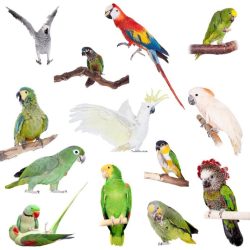
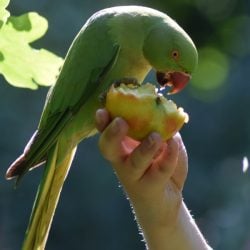
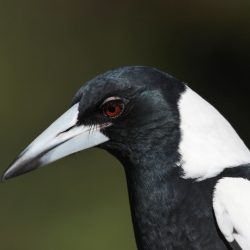
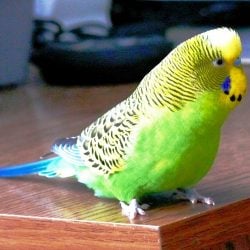
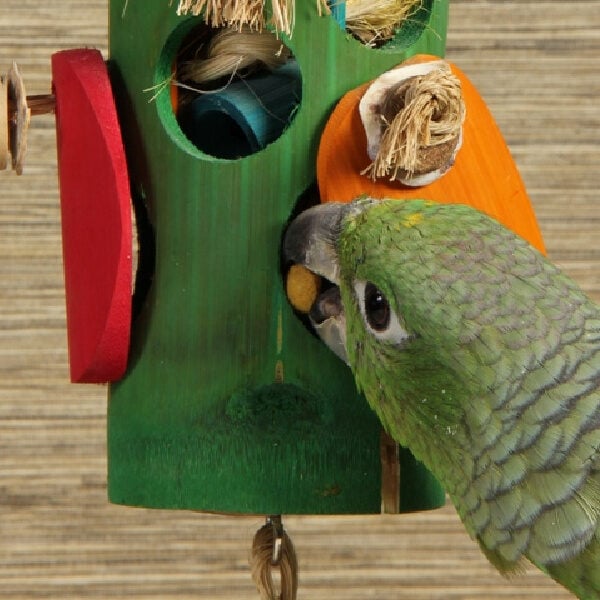

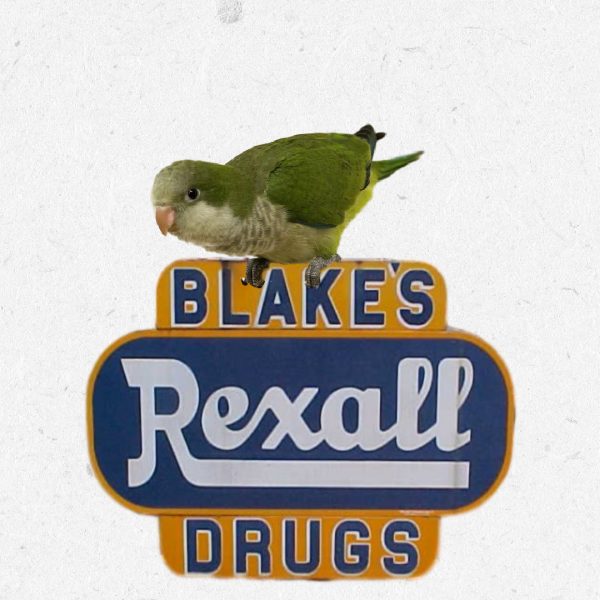

jujubee6
3 Jun 2018You’ll get a lot of these questions: in which category are quakers? What about umbrella cockatoos? And zupreem natural food pellets are good, yes? Good to know on the nuts – didn’t know that. I had put them in the “limit greatly” seeds category. Excellent article – you’e reminded me to experiment with more diversity beyond his preferred bananas, zucchini and apples (and some cashews) Thank you
WindyCityParrot
3 Jun 2018glad to help jujubee6
Kim Johnson Swenka
3 Jun 2018You didnt mention Conures or Umbrella Cockatoos. Any special needs for them?
WindyCityParrot
4 Jun 2018researching stay tuned Kim………….
busmom221
19 Jun 2018Yes you didnt mention Conures or Caquies. Are the Higgins mixes good for them? I do the Higgins Sunburst Conure mix and add zupreem pellets to it. Is this alright for them?
WindyCityParrot
19 Jun 2018Higgins conure blend would be fine for both birds. Save your money on Zupreem. All Higgins food blends already contain InTune pellets.
Lou FA
30 Jun 2018I have a parrotlet who is food driven. I am well-versed in the forbidden foods list. When I have a bite to eat, I let my little one out and she meanders to my plate with great curiosity. I was eating some roasted chicken and, you guessed it, she took a bite and went a bit crazy. Now she samples seafood as well. Other meats do nothing for her. Her seed cup contains high quality parakeet food mixed with Harrison ultra fine pellets. I offer her all sorts of fruits and veggies which she often snubs. But she loves dried figs for the seeds. And as a treat I give her a piece of dehydrated strawberry or a pinch of sesame seeds. And she loves pure coconut water, scrambled egg, etc.
Question: are we overlooking birds’ needs for protein? Would parrots and their kin eat worms and insects in the wild? My 9 year old girl is a feisty but loving little creature and appears healthy and happier since she started eating a bit of protein weekly.
Monday
12 Nov 2018I see this was posted several months ago, but I recently purchased a Meyers Parrot and not many list her species on bags for food. Is there any special needs she requires? I give her frozen vegetables, fresh fruit along with seed diet and pellets.
WindyCityParrot
12 Nov 2018Greetings Monday (on Monday)
Poicephalus – meyers – senegals – rebellies – would use “conure” size foods like https://windycityparrot.com/7-higgins-brands-c-484_721/higgins-safflower-gold-conure-cockatiel-no-sunflower-3-lb-1361-kg-p-1043.html which contains Higgins InTune pellets
best mitchr
Monday
20 Nov 2018TY